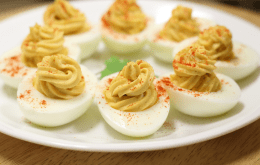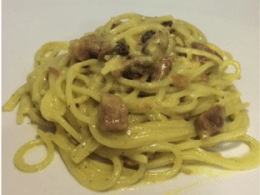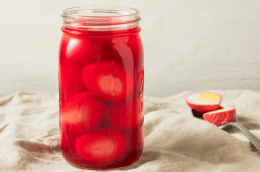
Photo: Canva.com
From breakfast to dessert, eggs are incorporated into many meals because they are very versatile as well as nutritious.
Eggs have eight essential nutrients and are one of the few foods that naturally contain vitamin D. They are packed with protein and are an excellent source of choline which is important for brain health. While packed with nutrition, they are are also one of the least expensive food choices for the nutrient value received.
Eggs are one of the nine major allergens that many people must avoid. Those allergic to eggs must read package labels to be sure eggs are present or not.
Eggs can be use whole, or split into yolks and whites and used in so many applications. From boiled, fried, scrambled, baked, poached, the possibilities are many to use eggs. They help bind other ingredients together, such as making a baked product or even a meat loaf. When whipped, they add volume to cakes or souffles and more.
When you look at a carton of eggs, there may be a lot of information on the carton. To help decipher that information, the American Egg Board Ingredible Egg program has an infographic to explain the different terminology.
Learn more about eggs from the American Egg Board.
 Easter is a great time to celebrate with family and friends. If you plan to have an Easter egg hunt with real eggs, here’s some food safety tips to keep in mind.
Easter is a great time to celebrate with family and friends. If you plan to have an Easter egg hunt with real eggs, here’s some food safety tips to keep in mind.



